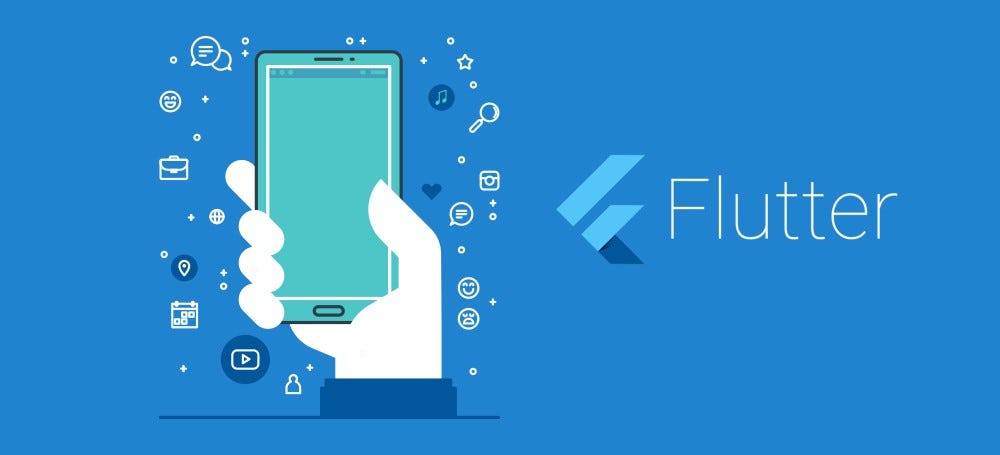Flutter

Flutter
Flutter is an open-source UI software development toolkit created by Google for building natively compiled applications for mobile, web, and desktop from a single codebase.
Here are key points about Flutter:
- Dart Programming Language: Flutter uses the Dart programming language, which is also developed by Google. Dart is a modern, object-oriented language that compiles to native code.
- Single Codebase, Multiple Platforms: One of the primary advantages of Flutter is its ability to create applications for multiple platforms, including iOS, Android, web, and desktop, using a single codebase. This can significantly reduce development time and effort.
- Widget-Based Framework: Flutter’s UI is built using a rich set of customizable widgets. Widgets are the basic building blocks of the user interface, and they can be combined and nested to create complex UI layouts.
- Hot Reload: Similar to React Native, Flutter supports hot reload, allowing developers to instantly see the effects of code changes without restarting the entire application. This feature enhances the development process by providing a quick feedback loop.
- Expressive and Flexible UI: Flutter offers a highly customizable and expressive UI, enabling developers to create visually appealing and smooth user interfaces. The framework provides a wide range of pre-designed widgets and allows for extensive customization.
- Performance: Flutter apps are compiled to native ARM code for better performance. The framework also uses the Skia graphics engine to render UI elements, resulting in smooth animations and high performance.
- Rich Ecosystem: Flutter has a growing ecosystem of packages and plugins available through the pub.dev repository. These packages cover a wide range of functionalities, allowing developers to easily integrate features into their applications.
- Community Support: Flutter has a strong and active community of developers, providing support, tutorials, and resources. Google actively maintains and updates Flutter, contributing to its stability and ongoing improvement.
- Material Design and Cupertino Widgets: Flutter includes both Material Design widgets (for Android-style UIs) and Cupertino widgets (for iOS-style UIs). This allows developers to create apps that follow platform-specific design guidelines.
- Web and Desktop Support: Flutter has expanded its capabilities beyond mobile platforms. It includes experimental support for building web applications, and desktop support (Windows, macOS, and Linux) is in the early stages of development.
Flutter has gained popularity for its fast development cycles, expressive UI, and the ability to target multiple platforms with a single codebase. It is well-suited for startups, enterprises, and individual developers aiming to create modern, feature-rich applications.

